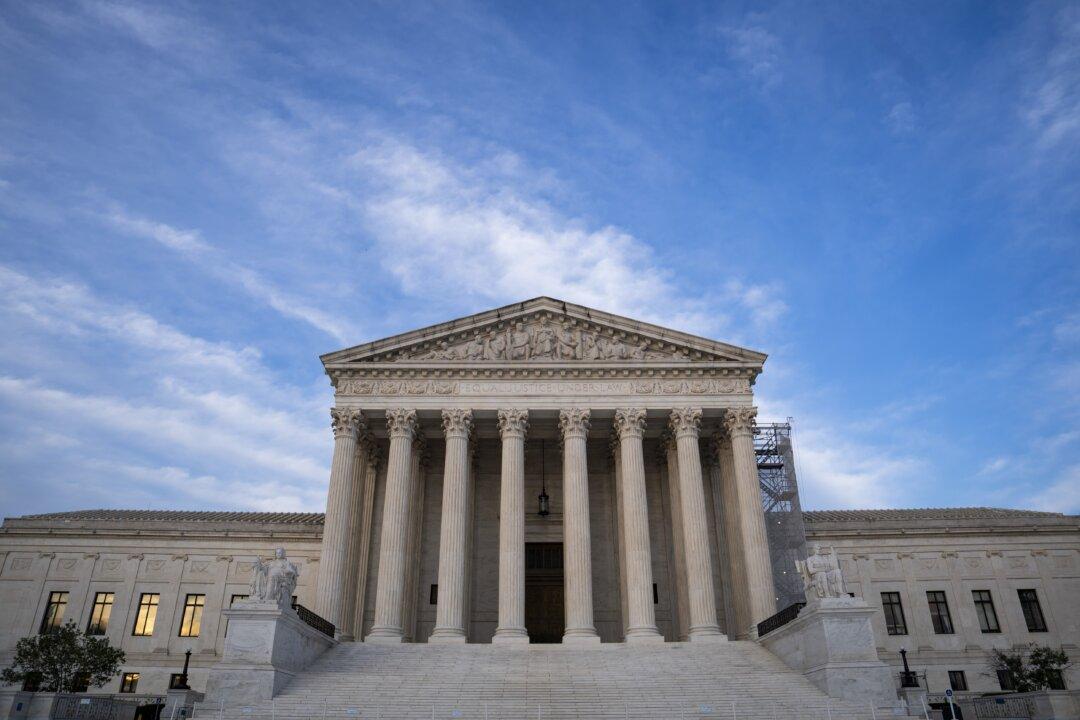Commentary
A few weeks ago, there was a good deal of Internet debate about a proposal affecting coal- and wood-fired pizza ovens under consideration by the city of New York. Opponents of the measure described it as a ban. Supporters said it was nothing of the kind. Both were, either by intention or by error, misrepresenting the issue.





